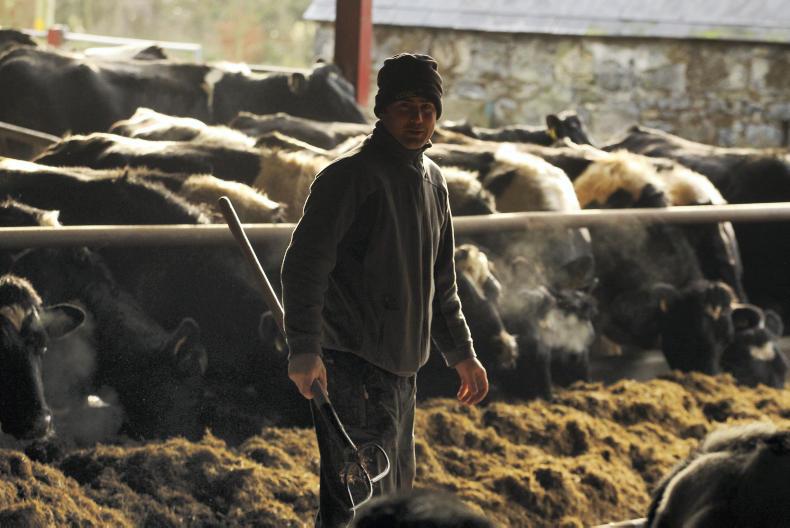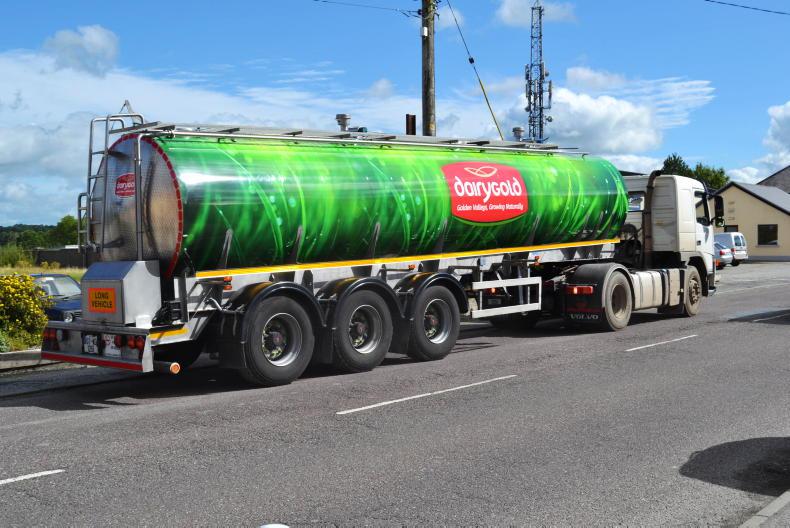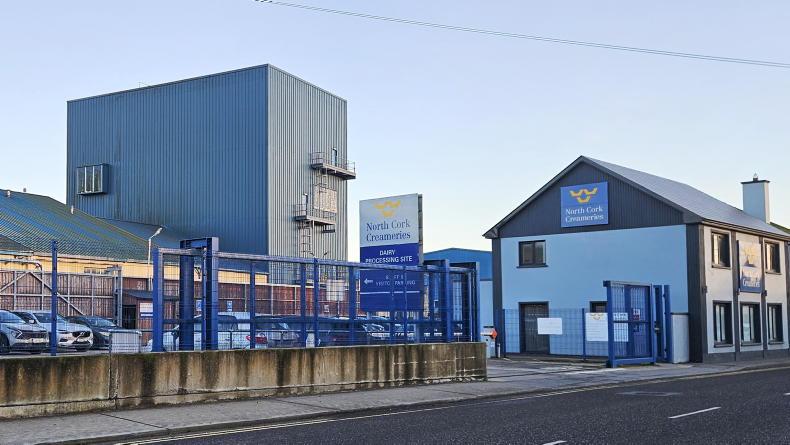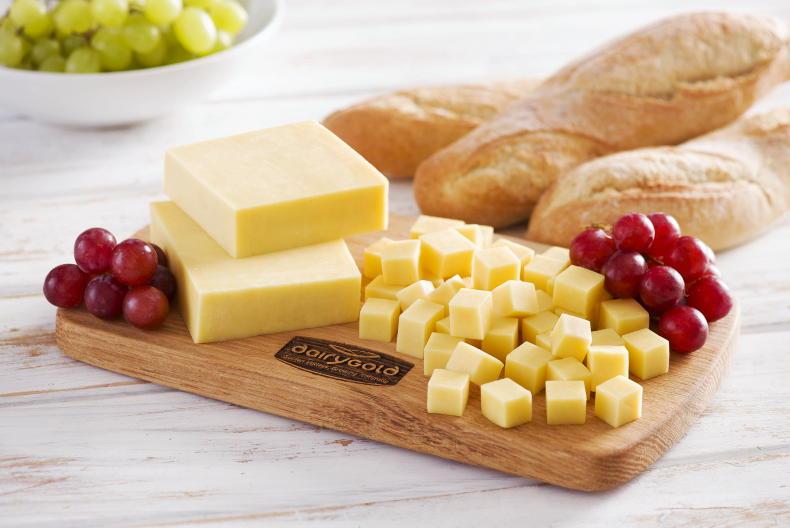The weather has taken a turn for the worse this week, with a return to more normal spring conditions. Rain, snow, wind and lower temperatures are making grazing conditions and clean-outs more of a struggle and making younger cattle, in particular, very unsettled at grass.
We are back to feeding some silage to the milking cows and grabbing a few hours grazing where we can, which is fair enough after the almost-perfect conditions in February.
Hopefully we can continue to keep the maiden heifers out at grass and ground conditions don’t deteriorate too much over the next few weeks.
We are only a month or so away from breeding with these girls as well so it would be nice to keep them moving forward on grass for that time. They are creating a bit of muck in corners and along the edges of paddocks but nothing too bad yet.
We have over 70% of the milking platform grazed so we would have had to slow down the cows with silage anyway to push out the start of the second rotation a few days.
We will see how the weather goes over the next few weeks, keep an eye on covers on the first paddocks on the second round and adjust as necessary. We are still holding the maize pit in reserve and will leave it closed for another week at least.
We are back up to 6kg of concentrate again with the silage back in the diet and to help to reduce demand for grass. Cows are milking 2.1kg of milk solids on that diet and cell count is down around 60,000 so cow health is very good.
The group of cows on heat is also growing daily, which looks very positive for breeding next month, but won’t help ground conditions much this month.
We have 90% of the herd calved this week and thankfully calving has gone very well.
Call it base price, interim market payment, co-op support or whatever, but it’s what lands in the bank account that counts for us at the end of the month. The recently highlighted bonuses and salary payments to directors are obviously not dependent on the base price delivered by Glanbia Ireland
Calf health and growth has been very good so far and we will start to weigh a few of the older calves from next week on to see when they will be ready for weaning. There should be a batch up to the mark by the end of the month and a section of the calving box should be free by then to take them.
We usually wean at 100kg and move the weaned calves out of the main calf shed to reduce the stocking rate in that shed. This gives the younger calves a bit more time and space to access the automatic feeder and the meal trough to keep them moving forward.
We are still managing to keep the yard cleared of beef calves reasonably quickly and the last few to be born should be easy enough to deal with as well.
Looking forward to breeding this year, we will use a bit more beef AI and maybe run more beef bulls with the heifers as well. We will use a bit of sexed semen for the first week of breeding again and use easy-calving, short-gestation Belgian Blue straws selectively on the lower genetic merit cows. We might also use some beef AI alongside the sweeper bulls later in the breeding season.
Finally, it was very disappointing to see the milk price drop with Glanbia for our first big pay cheque of the year.
Call it base price, interim market payment, co-op support or whatever, but it’s what lands in the bank account that counts for us at the end of the month. The recently highlighted bonuses and salary payments to directors are obviously not dependent on the base price delivered by Glanbia Ireland.
The company is growing quickly, taking back control of the agribusiness division, entering into joint ventures and moving forward constantly with innovation on all fronts, which is all positive, but a strong sustainable milk price is still the most important thing to farmers at the end of each month.
Maybe the remuneration committee should take a look at linking Glanbia Ireland directors’ fees to Glanbia Ireland’s base milk price and its performance versus its peers, leaving all other supports out of the equation.










SHARING OPTIONS